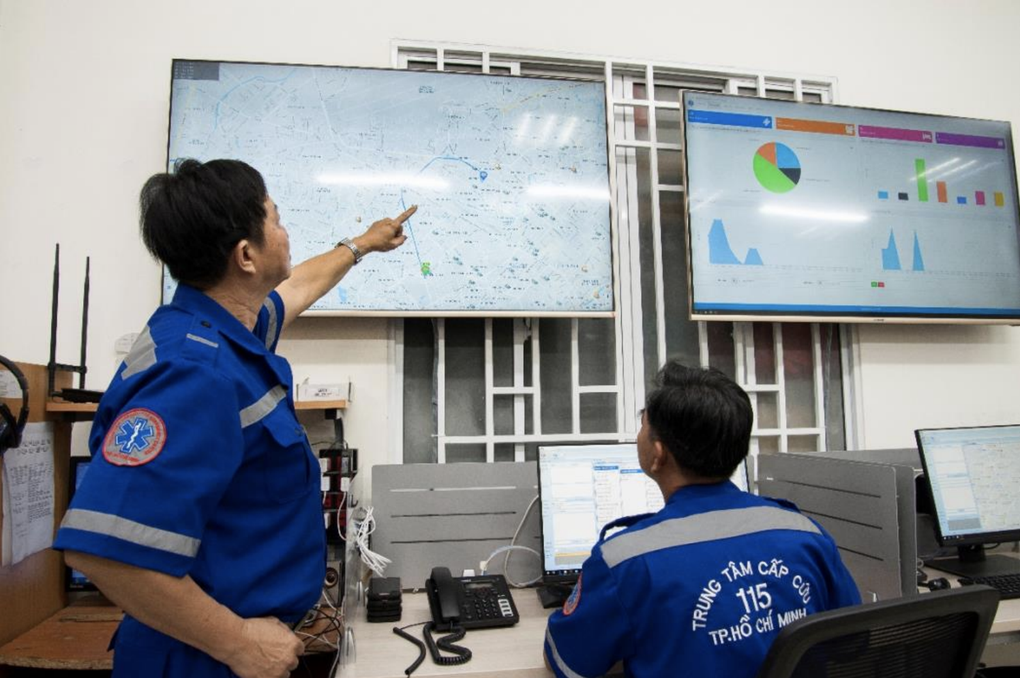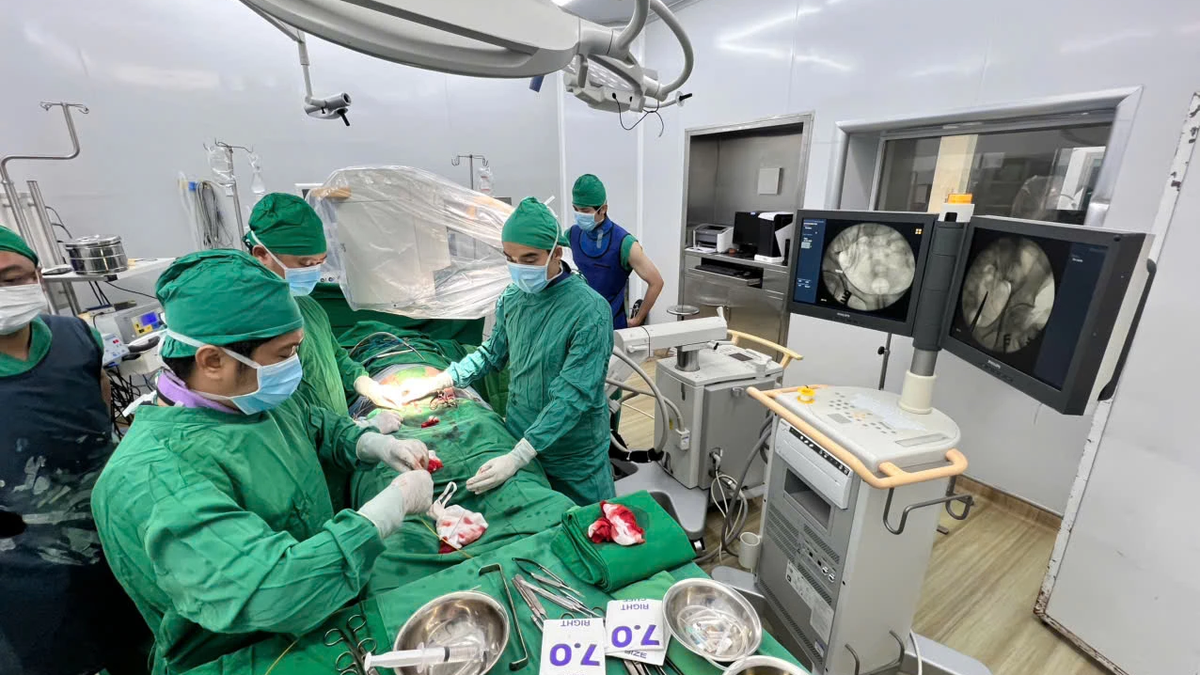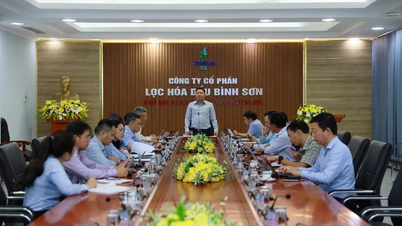Risk of overloading end-line hospitals as medical needs increase
On the afternoon of May 20, the Ho Chi Minh City Department of Health coordinated with the Departments of Health of Binh Duong and Ba Ria - Vung Tau provinces to organize the first workshop to assess the scale of healthcare service provision after the merger, to serve as a practical basis for developing a plan to reorganize the Ho Chi Minh City healthcare system afterwards.
At the conference, delegates listened to and discussed important issues enthusiastically.
Firstly, regarding the forecast of the scale of healthcare service provision, after merging the three provinces, the area of Ho Chi Minh City will increase from 2,095 km2 to 6,772 km2 and the population will increase from 9.9 million to 13.7 million.
This means that the demand for health services will increase dramatically, while early-stage health resources may not be commensurate with the increase in demand and scope.

Leaders of the 3 Departments of Health of Ho Chi Minh City, Binh Duong and Ba Ria - Vung Tau at the workshop (Photo: Department of Health).
Specifically, the number of hospitals in Ho Chi Minh City will increase from 134 to 164 hospitals; the ratio of hospital beds per 10,000 people will decrease from 41.7 to 31.3 (the current target is 42 hospital beds per 10,000 people);
The number of doctors will increase from more than 20,700 to more than 24,600, the ratio of doctors/10,000 people will decrease from 20.8 to 13.08 (the current target is 21 doctors/10,000 people); the ratio of nurses/10,000 people will also decrease from 37 nurses/10,000 people to 29 nurses/10,000 people.
In addition, the total number of public services of the Ho Chi Minh City health sector will increase from an average of more than 20,000 records/year to over 30,000 records/year. It is forecasted that the number of medical examinations will increase from over 42 million/year to over 51 million/year, and the number of inpatient treatments will also increase from over 2.2 million/year to over 3.8 million/year.

People wait for treatment at the Ho Chi Minh City Orthopedic Hospital (Photo: Hoang Le).
Thus, if compared nationwide, the Ho Chi Minh City health system will provide about more than 30% of outpatient visits and more than 23% of inpatient treatments nationwide. If there is no proactive immediate and long-term solution, the risk of Ho Chi Minh City's end-line hospitals being overloaded is quite clear.
This is a huge challenge, but also a great opportunity for the health sector to proactively research and expand service locations according to the model of facilities 2 and 3 of leading general and specialized hospitals in new locations in Ba Ria - Vung Tau and Binh Duong.
This not only meets the people's need for medical examination and treatment, but also is an opportunity to promote the development of medical tourism in Ho Chi Minh City.
Early solution to expand the emergency network outside the hospital
At the same time, the health sector needs to advise on additional planning for the development of the health system, such as developing additional 4th and 5th specialized medical clusters (in Binh Duong and Ba Ria - Vung Tau provinces).
At the same time, urgently research, evaluate and readjust the indicators of hospital beds/10,000 people and the number of doctors and nurses/10,000 people to suit the new situation.
Another challenge is that the health sector in Binh Duong and Ba Ria - Vung Tau currently does not provide emergency services outside hospitals. This requires the health sector in Ho Chi Minh City to soon find a solution to expand the network of satellite emergency stations in the two above-mentioned provinces.

Ho Chi Minh City needs a solution to expand the foreign emergency network after merging 3 provinces (Illustration: TTCC 115).
Another important topic discussed at the Workshop was the challenges in implementing public investment projects in Ho Chi Minh City in the new situation.
Specifically, the total number of public investment projects for the health sector in Ho Chi Minh City in the 2021-2025 period will increase from VND 48,549 billion to VND 52,424 billion (Ho Chi Minh City has 115 projects, 31 projects in Binh Duong and 8 projects in Ba Ria - Vung Tau).
In the medium-term period of 2026-2030, the total investment for the health sector in Ho Chi Minh City will increase from VND58,638 billion to VND65,134 billion. In addition, Ho Chi Minh City also has 6 projects calling for investment under the public-private partnership (PPP) method, with a total expected capital of over VND10,000 billion.
In reality, there have been many hospital construction projects that have been very effective, but there are still projects that are slow to be put into use due to various reasons.
Delegates all agreed to recommend that Ho Chi Minh City leaders should soon have fundamental solutions to help the health sector better manage public investment projects, especially when merging the three Health Departments.
It is expected that the 2nd Workshop with the topic "Solutions to provide medical services to meet the health care needs of Ho Chi Minh City people after the merger" will continue to take place in June.
Source: https://dantri.com.vn/suc-khoe/nguy-co-qua-tai-benh-vien-tuyen-cuoi-o-tphcm-sau-khi-sap-nhap-3-tinh-thanh-20250521095739654.htm




































































































Comment (0)